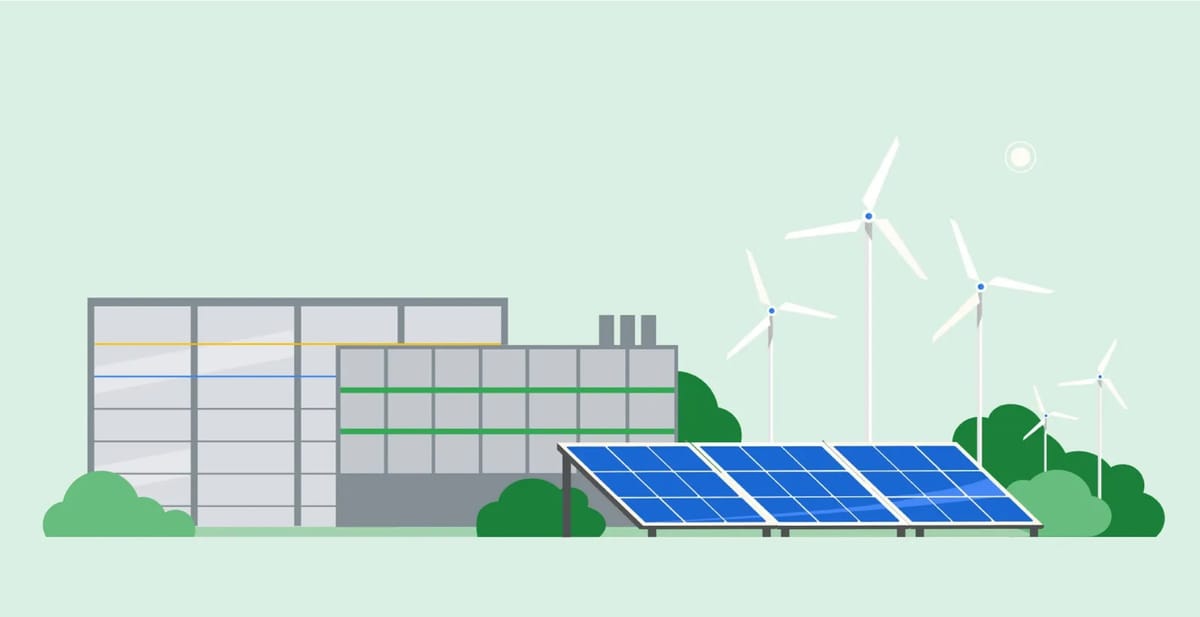
Google has announced a strategic partnership with Intersect Power and TPG Rise Climate to synchronize its data center growth with new clean power generation. The collaboration aims to develop industrial parks that combine data centers with co-located clean energy plants.
Key Points:
- Google is partnering with Intersect Power and TPG Rise Climate to build gigawatt-scale clean energy facilities alongside new data centers
- The first phase is set to be operational by 2026, with full completion in 2027
- The deal includes an $800 million equity investment in Intersect Power, led by TPG with participation from Google and others
Why It Matters: Google’s plan directly addresses the mounting pressure on power infrastructure as AI adoption scales. By aligning data center expansion with purpose-built renewable energy, this initiative could serve as a blueprint for sustainable digital infrastructure.
Jim Coulter, Executive Chairman of TPG, described it as the convergence of “decarbonization and digitization,” emphasizing the partnership’s potential to deliver scalable, cost-effective solutions.
How It Works: The partnership will see the development of co-located industrial parks across the U.S., pairing gigawatt-scale data centers with renewable energy plants, including wind, solar, and battery storage (planned for 2-4 hours of operation). This integrated design aims to cut development timelines, improve grid reliability, and create jobs in rural communities. Google will anchor these projects, ensuring efficient energy utilization and investment in grid upgrades.
Sheldon Kimber, CEO of Intersect Power, highlighted the collaborative approach: “This model unlocks meaningful opportunities for rural economic development while meeting the explosion of AI growth.”
Looking Ahead: The first project under this partnership is set to begin operation in 2026, demonstrating how quickly renewable energy infrastructure can be deployed compared to traditional power solutions like nuclear energy, which face longer timelines.
Between the lines: This "power first" approach addresses a critical challenge in the tech industry: the growing gap between AI's energy demands and available power infrastructure. Traditional grid planning has struggled to keep pace, with power project timelines more than doubling from two years in 2000-2007 to over four years in 2018-2023.
The bottom line: Google's strategy represents a significant departure from the industry's traditional approach of building data centers first and securing power later. This could provide a blueprint for sustainable AI infrastructure development as tech companies grapple with growing energy demands.

